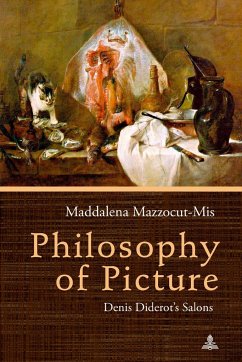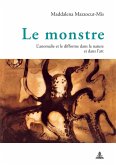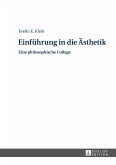If it is true that a painting can 'think visually', then it is also true that Diderot was the first to say so - and he has spelled out this concept better than anyone else. Diderot's Salons show that the 'imaginal' sense that arises from the engagement with a picture needs to be investigated using the concepts of ékphrasis and theatricality - the capacity to explore the power of pictures in relation to the composition of the scene, to the expressive and pantomimic gestures, and to what can be called a 'theory of affections'.
The book will focus on an issue that pertains to the theory of pictures, on a question that is ground-breaking in the English-speaking academic context: how can we look at a picture in order to rethink aesthetics as a discipline that allows us to look at pictures from a philosophical point of view?
The Salons demonstrate that the 'imaginal' process leading to knowledge always emerges from the picture itself, and that this process always needs to be supported by a method of inquiry that can rightly be called a philosophical method - as Diderot was a philosopher himself. Even when approaching this issue from a contemporary perspective, this method should always be related to the concepts of ékphrasis and theatricality. Fundamental, however, is also the 'pathetic', the emotionally stimulating, due to its essential relation to the enjoyment of pictures - something rooted in aesthetic disinterestedness, absorption and, conversely, voyeurism.
The book will focus on an issue that pertains to the theory of pictures, on a question that is ground-breaking in the English-speaking academic context: how can we look at a picture in order to rethink aesthetics as a discipline that allows us to look at pictures from a philosophical point of view?
The Salons demonstrate that the 'imaginal' process leading to knowledge always emerges from the picture itself, and that this process always needs to be supported by a method of inquiry that can rightly be called a philosophical method - as Diderot was a philosopher himself. Even when approaching this issue from a contemporary perspective, this method should always be related to the concepts of ékphrasis and theatricality. Fundamental, however, is also the 'pathetic', the emotionally stimulating, due to its essential relation to the enjoyment of pictures - something rooted in aesthetic disinterestedness, absorption and, conversely, voyeurism.








